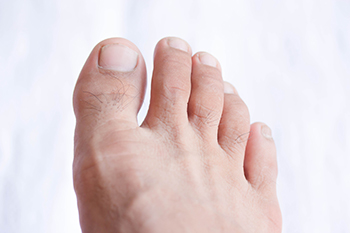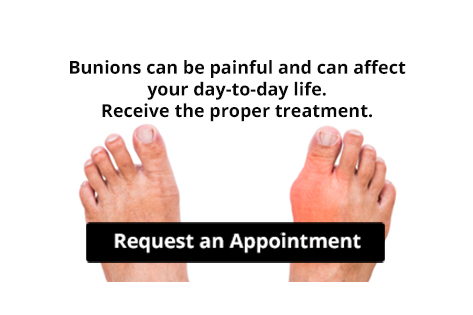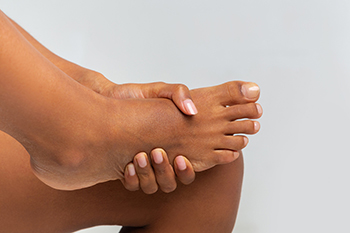
The toenails are a seemingly small and insignificant part of the feet. However, they are, in fact, incredibly important and play a significant role in daily human activity. The toenails serve a variety of different functions. Importantly, the nails help humans protect their toes against injury. The toes, since they are engaged in so much constant motion, are susceptible to injuries like scrapes and cuts. However, the toenails essentially guard the tips of the toes against these injuries. Also, the toenails improve the extent to which humans are able to feel sensations in their feet. In other words, the toenails provide more sensory input to the toes so that nerve endings in the toes can feel different sensations. If you are someone who is interested in learning more about the biomechanics of the feet, contact a chiropodist today.
The biomechanics of your feet play an important role in your foot health. To learn more, please consult with one of the chiropodists from The Footcare Centre. Our chiropodists can help you maintain the health of your lower limbs and your mobility.
Foot biomechanics refers to the study of the structure, function, and motion of the feet. The feet and ankles are a complex system consisting of many bones, joints, ligaments, muscles, and tendons that work together to move your feet. Understanding the unique biomechanics of your own feet can help you and your chiropodist make informed decisions about your foot health care. This includes decisions about the best preventive measures to avoid foot pain, the best treatment options for various foot problems, and finding the best shoes for your feet.
If you have any questions, please feel free to contact our office located in . We offer the newest diagnostic and treatment technologies for all your foot care needs.






